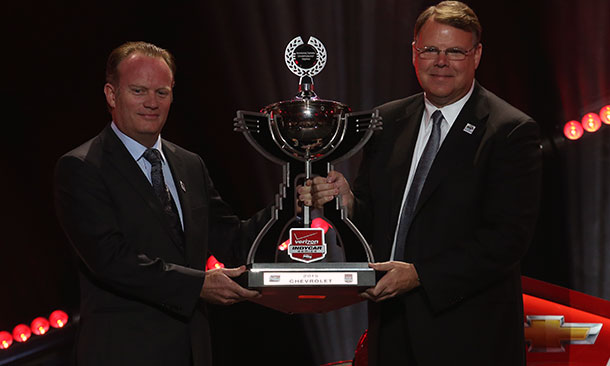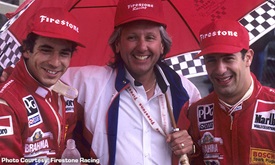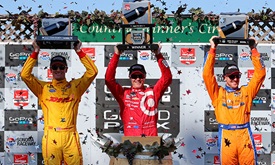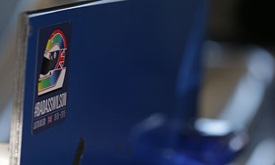Drive, innovation: Chevy looks beyond finish line
SEP 04, 2015
Scott Dixon rode a wave of emotion and went crowd surfing following his victory in the GoPro Grand Prix of Sonoma to clinch the Verizon IndyCar Series driver and entrant championships.
Near the thicket of revelers, Chevrolet personnel gathered to celebrate, too, albeit in a more subdued fashion. The bowtie brand earned its fourth consecutive Manufacturers’ Championship in the season-long duel with Honda’s engine/aerodynamic bodywork packages, and in that span became the first to sweep the manufacturer and driver title and win the Indianapolis 500.
“It's a team effort. It's a culmination of multiple years of development and execution,” said Chris Berube, Chevrolet Racing program manager for the Verizon IndyCar Series. “It's about setting goals. It's about getting the right people in place to achieve them and it's about execution, and you can pretty much apply that model to the driver's championship, the Manufacturers’ Championship, and that's how we get things done at Chevrolet.”
Chevrolet entries recorded 10 race victories this season, including three by Dixon in the No. 9 Target Chip Ganassi Racing car, and swept the podium six times. It also earned all Verizon P1 awards for the pole position.
Since its return to Indy car racing in 2012 after a seven-year absence, the Chevrolet IndyCar 2.2-liter V-6 direct-injected turbocharged engine fueled with Sunoco E85R has amassed 43 victories.
For this season, both Chevrolet and Honda were tasked with designing, developing, manufacturing and supplying manufacturer-specific aerodynamic bodywork platforms to complement their engine platforms. One kit was designed for superspeedways and the other for road/street courses and short ovals.
“At the end of last season we gathered as an entire team with our engine partners and our engineers that were working on the aero kit and said, ‘Hey, going into next year it's both of us, it's a team, we have to fully integrate the aero kit and engine performance,’ and that's really what we said at Indy when we introduced the kit about delivering the optimal combination of downforce, drag and engine performance,” said Jim Campbell, U.S. vice president Performance Vehicles and Motorsports for Chevrolet.
“And that's really what the team did. They looked at the integrated system, not unlike what we do in our development of our production cars and powertrains for the showroom. It's about total integration.”
There were hard lessons learned and issues resolved during the course of the season, which will serve the manufacturer well in the upcoming months as it prepares for 2016. Changes to three areas of the aero kits (volume boxes) are allowed, and multiple engine updates have been confirmed according to the two-year cycle.
“I think the track performance we had validated how we went about doing things over the last couple of years, so that completes a learning cycle,” Berube said. “To start from virtually nothing and have a team build and execute over a multi-year period validates the efforts.”



















